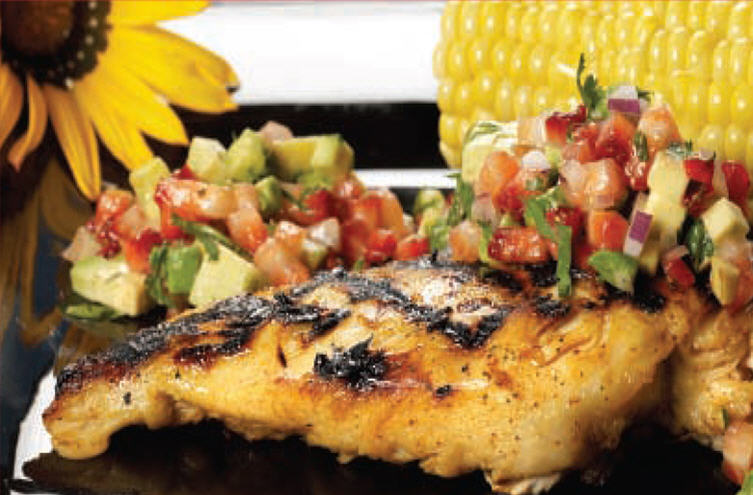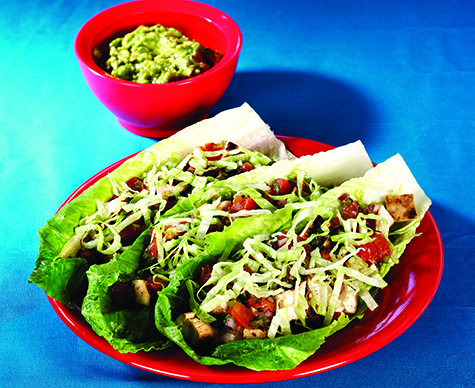Eleven Great Reasons to Love Cilantro

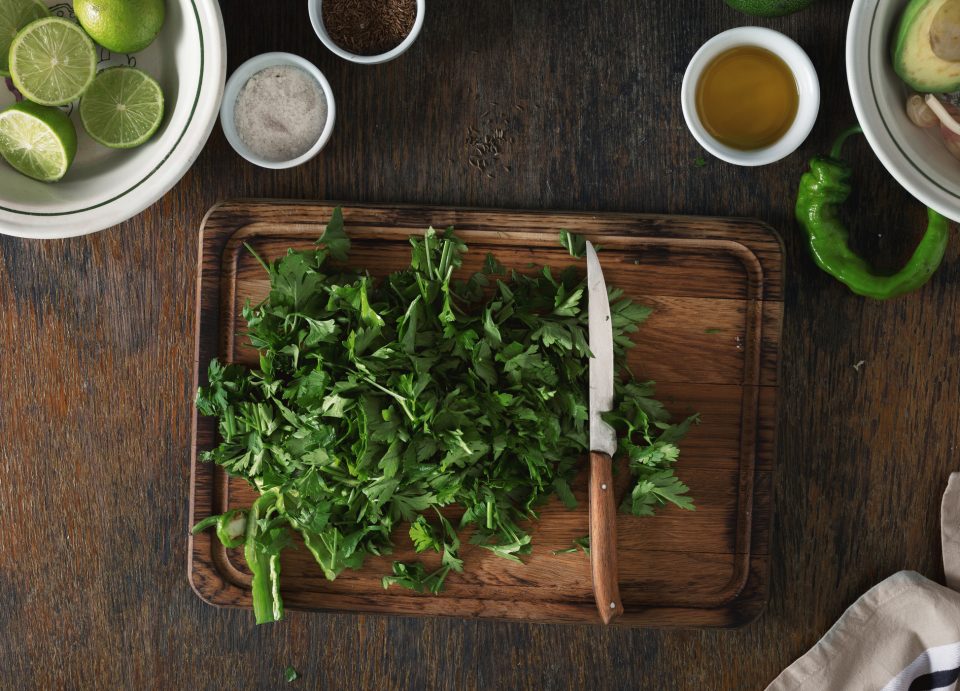
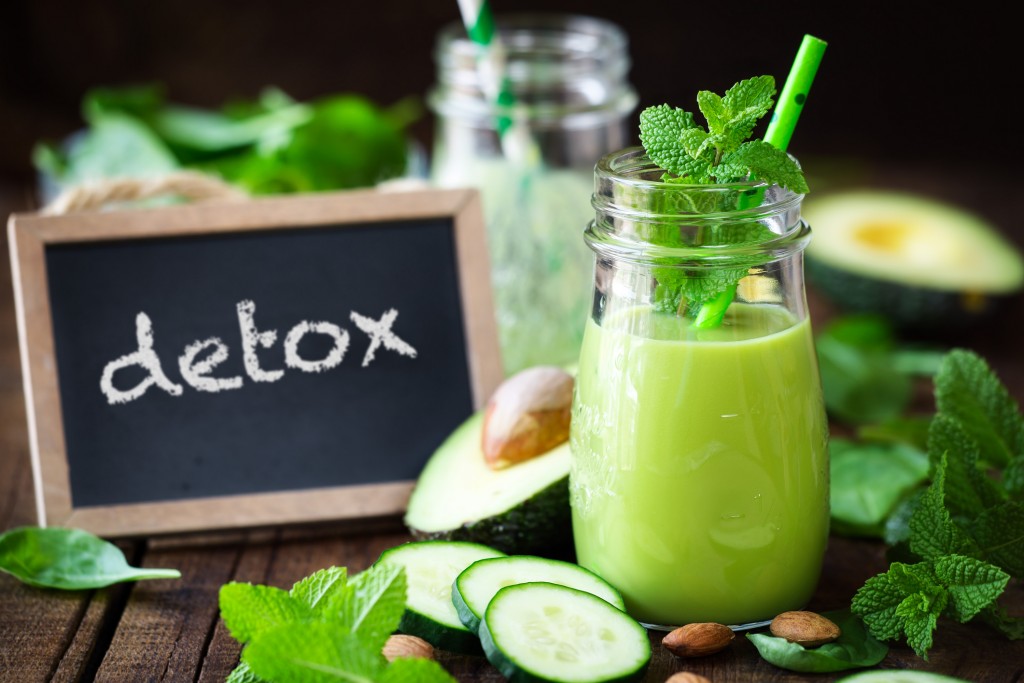 For such a delicate-looking and innocuous herb, cilantro, which is the leaves of the coriander plant, is a little bit controversial. People seem to either love it or hate it. Cilantro looks like flat leaf parsley, but it has a tangy, almost citrusy flavor. Long used in Asian, Indian, Caribbean and Latin American cooking, cilantro gives a bright taste to salads, salsas, meat, chicken and fish. I think it’s the secret ingredient to summer dishes, though you can find it fresh in supermarkets all year round.
For such a delicate-looking and innocuous herb, cilantro, which is the leaves of the coriander plant, is a little bit controversial. People seem to either love it or hate it. Cilantro looks like flat leaf parsley, but it has a tangy, almost citrusy flavor. Long used in Asian, Indian, Caribbean and Latin American cooking, cilantro gives a bright taste to salads, salsas, meat, chicken and fish. I think it’s the secret ingredient to summer dishes, though you can find it fresh in supermarkets all year round.
Given the chance, even the most skeptical can acquire a taste for cilantro. But another reason to love it is that cilantro is packed with FoodTrient qualities. From a biological standpoint, cilantro is related to other nutrient-dense plants such as parsley, celery, carrots, anise, chervil, and parsnip. This family of aromatic herbs and vegetables are anti-fungal and anti-bacterial as well as having anti-inflammatory properties.
Here are eleven qualities that make cilantro a super food:
- High in vitamins and fiber – It’s a good source of vitamins A, C, E, K, calcium, iron, potassium, and magnesium. Just a ¼ cup of fresh cilantro provides 270 IU of Vitamin A, and 16 percent of the daily value recommended of vitamin K, which is important for heart health, bone density and brain function.
- Helps rid the body of toxic metals — Arsenic, cadmium, aluminum, lead, and mercury collect in tissues from the environment and can lead to conditions such as heart disease, hormonal imbalances, neurological conditions, infertility, and more. Cilantro has been shown to bind these toxic metals together, enabling their elimination from the body.
- Protects against oxidative stress – Cilantro contains antioxidants that help prevent cellular damage caused by free radicals that are linked to degenerative diseases like cancer, heart disease, arthritis and Alzheimer’s disease.
 Can improve sleep — Cilantro has a natural sedative effect as suggested by a study published in the Indian Journal of Pharmacology. It found that high levels of cilantro extract produce similar anti-anxiety effects as Valium, but without the side effects of confusion, hallucinations and muscle weakness.
Can improve sleep — Cilantro has a natural sedative effect as suggested by a study published in the Indian Journal of Pharmacology. It found that high levels of cilantro extract produce similar anti-anxiety effects as Valium, but without the side effects of confusion, hallucinations and muscle weakness.- Can help regulate blood sugar levels – A study in The Journal of Food Sciences suggests that in individuals with diabetes, cilantro helps support healthy liver function and balance blood sugar.
- Protection against cardiovascular disease – Cilantro is rich in potassium and according to the American Heart Association potassium is an important part of controlling blood pressure, because it counteracts the effects of sodium on the body. Cilantro also helps dissolve the accumulation of cholesterol in the arteries, which keeps them smooth, flexible and blood flowing freely through them.
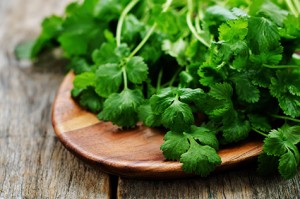 Digestive aid – For thousands of years cilantro has been used to settle nausea, prevent gas and bloating, relieve indigestion and heartburn and ease stomach cramps. It aids digestion by helping to produce enzymes that aid in the breakdown of foods. In many cuisines, hot and spicy dishes are more tolerable because of its cooling effects. The addition of chopped cilantro can help prevent heartburn and bloating caused by beans and other legumes.
Digestive aid – For thousands of years cilantro has been used to settle nausea, prevent gas and bloating, relieve indigestion and heartburn and ease stomach cramps. It aids digestion by helping to produce enzymes that aid in the breakdown of foods. In many cuisines, hot and spicy dishes are more tolerable because of its cooling effects. The addition of chopped cilantro can help prevent heartburn and bloating caused by beans and other legumes.- Helps protect against food poisoning– The natural antibacterial properties of cilantro help to protect against food and water-borne diseases including dysentery, salmonella and cholera. A study published in The International Journal of Food Microbiology compared dill, coriander and eucalyptus found that cilantro was particularly effective in fighting listeria.
- Prevents neurological inflammation — Researchers have found that diets rich in turmeric, pepper, clove, ginger, garlic, cinnamon and cilantro helped to reduce chronic inflammation that can lead to degenerative neurological diseases including Alzheimer’s, Parkinson’s, MS, and certain brain tumors.
- Protects against colon cancer – Coriander/cilantro has been shown to reduce cholesterol levels. Research suggests that cilantro increases excretion of sterol compounds and bile, which decreases toxic levels in the colon, which can lower the risk of cancer.
- Soothes skin irritations — Cilantro contains natural antihistamines that can be used topically as a remedy for skin irritations such as hives, sunburns, and poison ivy. It calms the immune system response to allergens. Try crushed fresh cilantro blended with coconut oil and apply topically to soothe irritated skin.
When preparing dishes made with cilantro, for the freshest, brightest flavor, avoid cooking it as much as possible. That’s why you see so many recipes for fresh salsas that feature it.
From the Age Gracefully Cookbook, here are two recipes that make the most of summer’s bounty:
Strawberry-Avocado Relish
No cooking is required for this condiment. The strawberries, avocado, and cilantro all contain antioxidants. Strawberries are also very high in vitamin C and flavonoids, while avocados also provide glutathione, a detoxifying agent. I use this relish with my Summertime Grilled Chicken, but it also makes a great topping for grilled fish and a satisfying dip for whole-grain tortilla chips.
YIELDS about 2 cups
1 1/2 cups diced strawberries
1 diced medium-size avocado
1/4 cup minced red onion
1/4 cup lime juice (about 2 limes)
1 Tbs. chopped cilantro
1 tsp. sugar
Sea salt and ground pepper to taste
Combine all the ingredients in a bowl and mix well with a wooden spoon.
FoodTrients
Papaya Salsa
This refreshing relish will help boost your immune system and keep your skin young and elastic. Papaya is rich in vitamin C and beta-carotene, which your body converts to vitamin A. It’s also high in potassium, which is also found in the cilantro. I use this salsa on grilled meats and fish, such as my Grilled Swordfish in Secret Marinade, and it’s also delicious as an appetizer with whole-grain chips.
YIELDS about 4 cups
2 cups cubed papaya, ripe but still firm
¼ cup seeded and chopped red bell pepper
¼ cup chopped red onion
1 tsp. minced garlic
½ cup chopped fresh cilantro
½ tsp. seeded and chopped jalapeno pepper (optional)
2 Tbs. lime juice (about 1 lime)
2 Tbs. lemon juice (about 1 lemon)
1 tsp. red wine vinegar
Sea salt and ground pepper to taste
Combine all the ingredients in a large bowl and mix well with a wooden spoon.
FoodTrients
You’ve probably seen and enjoyed Chinese lettuce cups, but here is a Mexican version from my Age Beautifully Cookbook.
Mexican Chicken Lettuce Cups
Cilantro is full of antioxidants and disease-fighting phytonutrients. Chicken contains selenium, which protects cells from free radicals and lowers your risk of cancer. Selenium also increases resistance to infection. Avocados have oleic acid (also found in olive oil), which reduces your risk of heart disease.
Serves 4
Ingredients
½ cup orange juice
1 Tbs. olive oil
1 tsp. sea salt
½ tsp. paprika
½ tsp. onion powder
½ tsp. crushed garlic
¼ tsp. white pepper
¼ tsp. chile powder
¼ tsp. ground cumin
1 lb. organic or free-range chicken breast fillets
8–10 whole Romaine lettuce leaves
1 recipe Guacamole with Pomegranate Seeds (2 cups) or your favorite guacamole
2 cups shredded iceberg lettuce
1 recipe Pico de Gallo (2 cups) or your own favorite salsa
¼ cup whole cilantro leaves
Procedure
- In a large Ziploc bag, combine the orange juice, oil, and spices and shake well.
- Add the chicken fillets to the bag. Work the chicken and marinade within the bag with your hands for about a minute or until the chicken is well coated. Place the bag in the refrigerator and marinate the chicken for at least 1 hour.
- Remove the chicken from the marinade and grill for 3–5 minutes on each side over medium heat or until the fillets are cooked all the way through.
- To assemble the salads, place 3–4 Romaine leaves on each plate. On each leaf, spread 1–2 Tbs. of the guacamole. Then lay a chicken fillet, sprinkle with shredded lettuce, drizzle with the Pico de Gallo, and top with the cilantro leaves.
FoodTrients
